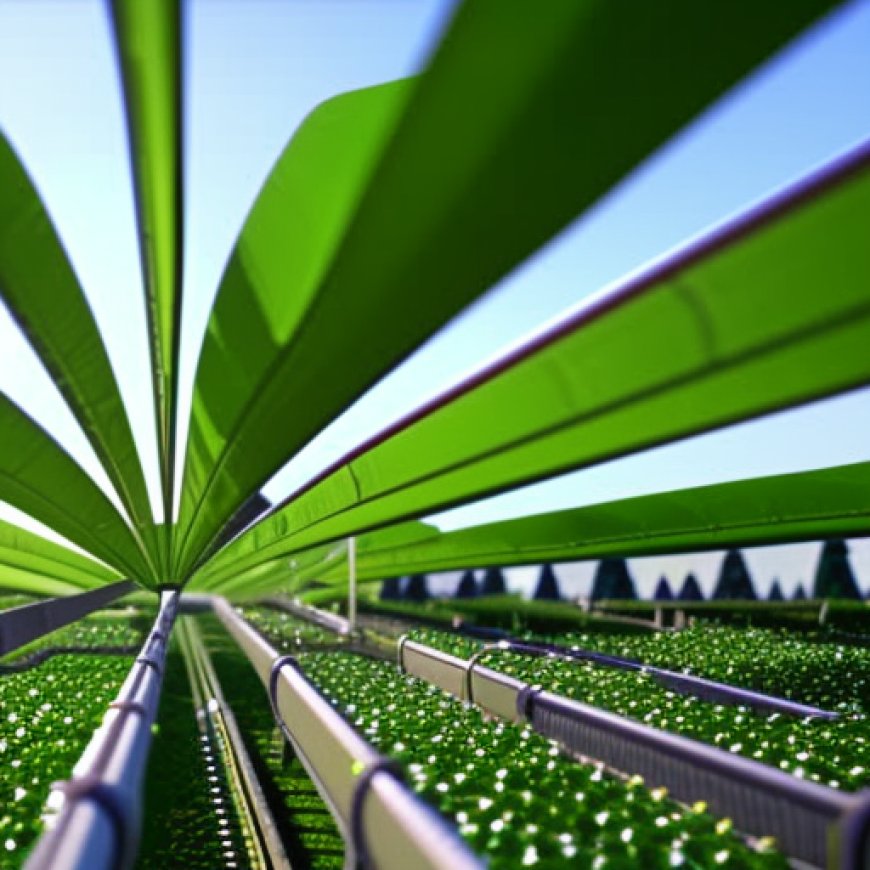USDA conservation funding ‘guardrails’ vital for reducing agricultural greenhouse gas emissions
USDA conservation funding 'guardrails' vital for reducing agricultural greenhouse gas emissions Environmental Working Group


Importance of Legislative Guardrails for Climate-Smart Farming Practices

When Congress provided almost $20 billion in Department of Agriculture funding for climate-smart farming practices, it included legislative “guardrails” to ensure the money goes to practices that actually reduce greenhouse gas emissions and build soil carbon.
Recent events show these guardrails are more important than Congress could have ever imagined.
Farmer Demand for Climate-Smart Funding
Farmer demand for climate-smart funding, including assistance for cover crops, has greatly exceeded anyone’s expectations, and backlogs of farmers seeking assistance keep growing.
Concerns about Fund Allocation
But, under pressure from some legislators, the USDA is giving some climate-smart funds to projects that may or may not reduce greenhouse gas emissions, including irrigation projects.
Importance of Legislative Guardrails
If Congress were to remove the legislative guardrails around the $20 billion funding – included in the Inflation Reduction Act, or IRA – the USDA would inevitably revert to past practice when just one-fifth of its conservation funding flowed to practices that reduced greenhouse gas emissions. This would send conservation funds to farmers for things like irrigation practices that likely do not benefit the climate, regardless of this or a future administration’s views on the climate crisis.
Retaining the IRA funding guardrails is critical to the USDA’s evolution, from an agency that funds hundreds of different conservation practices and hopes for the best, to an agency that makes combatting the climate crisis a priority.
Role of Greenhouse Gas Emissions Reduction in Farming
Reducing greenhouse gas emissions from farming is not just critical to helping avoid a climate catastrophe; it’s also critical to avoiding a political catastrophe for our farmers. Unless farmers reduce the industry’s greenhouse gas emissions, agriculture could soon become the top source of all U.S. greenhouse gas emissions at more than 30 percent.
Conclusion
When driving, guardrails help us from falling off a cliff. For the USDA, the IRA guardrails will help avoid a different kind of catastrophe.
SDGs, Targets, and Indicators
-
SDG 13: Climate Action
- Target 13.2: Integrate climate change measures into national policies, strategies, and planning.
- Indicator: The article discusses the need for funding to go towards practices that actually reduce greenhouse gas emissions and build soil carbon, highlighting the importance of integrating climate-smart farming practices into national policies and strategies.
-
SDG 15: Life on Land
- Target 15.3: Combat desertification, restore degraded land, and strive to achieve a land degradation-neutral world.
- Indicator: The article mentions the need for funding for cover crops and other conservation practices to address soil degradation and build soil carbon, indicating the importance of combatting land degradation.
| SDGs | Targets | Indicators |
|---|---|---|
| SDG 13: Climate Action | Target 13.2: Integrate climate change measures into national policies, strategies, and planning. | The article discusses the need for funding to go towards practices that actually reduce greenhouse gas emissions and build soil carbon, highlighting the importance of integrating climate-smart farming practices into national policies and strategies. |
| SDG 15: Life on Land | Target 15.3: Combat desertification, restore degraded land, and strive to achieve a land degradation-neutral world. | The article mentions the need for funding for cover crops and other conservation practices to address soil degradation and build soil carbon, indicating the importance of combatting land degradation. |
Behold! This splendid article springs forth from the wellspring of knowledge, shaped by a wondrous proprietary AI technology that delved into a vast ocean of data, illuminating the path towards the Sustainable Development Goals. Remember that all rights are reserved by SDG Investors LLC, empowering us to champion progress together.
Source: ewg.org

Join us, as fellow seekers of change, on a transformative journey at https://sdgtalks.ai/welcome, where you can become a member and actively contribute to shaping a brighter future.







